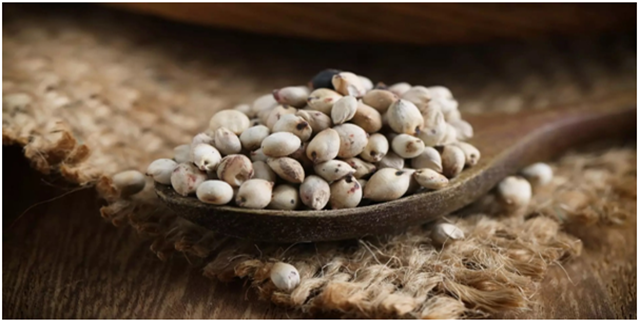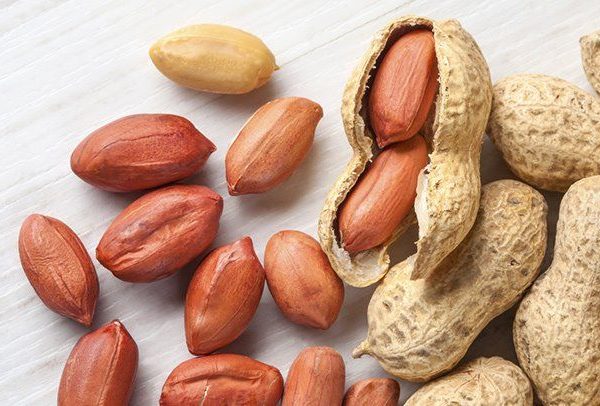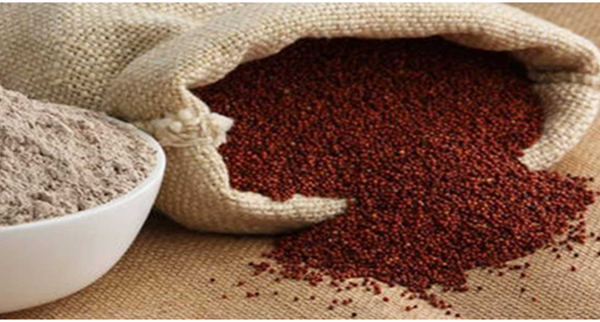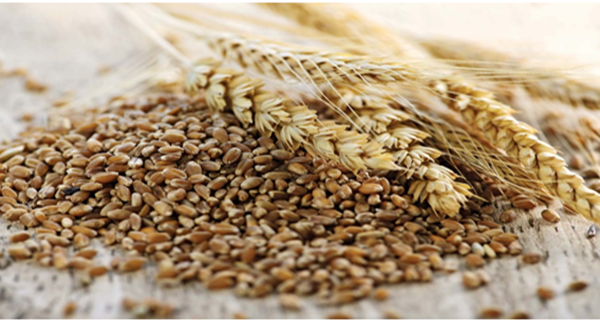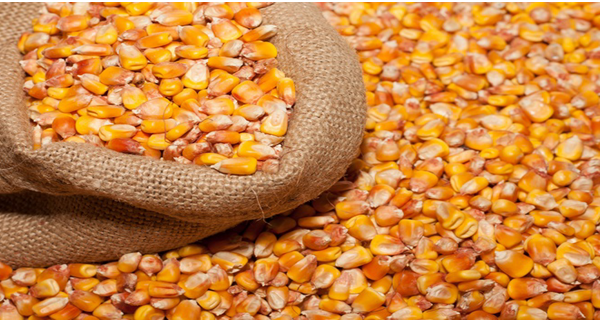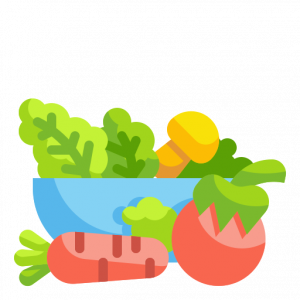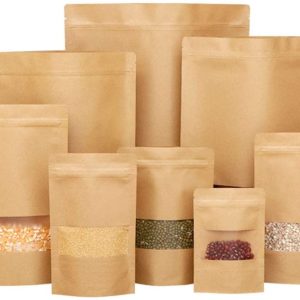Description
Sorghum is the most important forage crop of northern India. It can be grown over a wide range of soils in central, western and southern India. It is nutritious and palatable. After wheat, jowar or sorghum occupies the largest area allotted for cultivation in India. Other than being used as food, the cereal is also utilised for starch and ethanol production, manufacture of adhesives and paper and for producing grain alcohol. Sorghum is majorly cultivated in Andhra Pradesh, Karnataka, Tamil Nadu and the plateau region of Maharashtra. India is the seventh largest producer of sorghum in the world. Besides grain, sorghum stover is an important feed for livestock, particularly for draft and dairy animals.
In 2019, India exported $23.8M in Sorghum, making it the 6th largest exporter of Sorghum in the world. At the same year, Sorghum was the 655th most exported product in India.
INGREDIENTS
| Nutrients | Calories 316 Carbohydrate – 69g Fiber – 6g |
| Minerals | Magnesium Iron Copper Phosphorous Zinc Potassium |
| Vitamins | Vitamin B1 Vitamin B2 Vitamin B5 Vitamin B6 |
| Protein | 10g |
| Fats | 3g |


